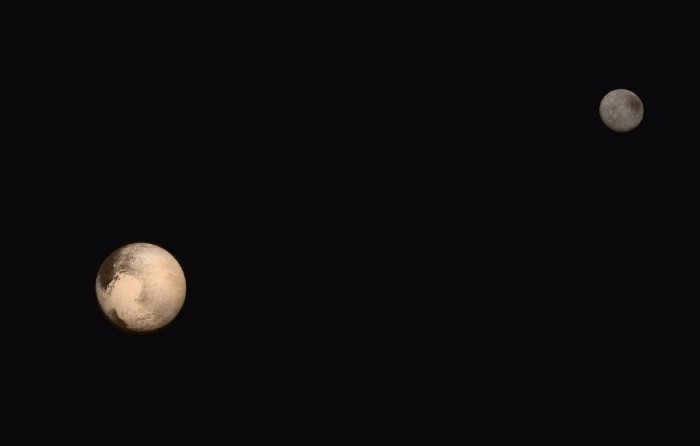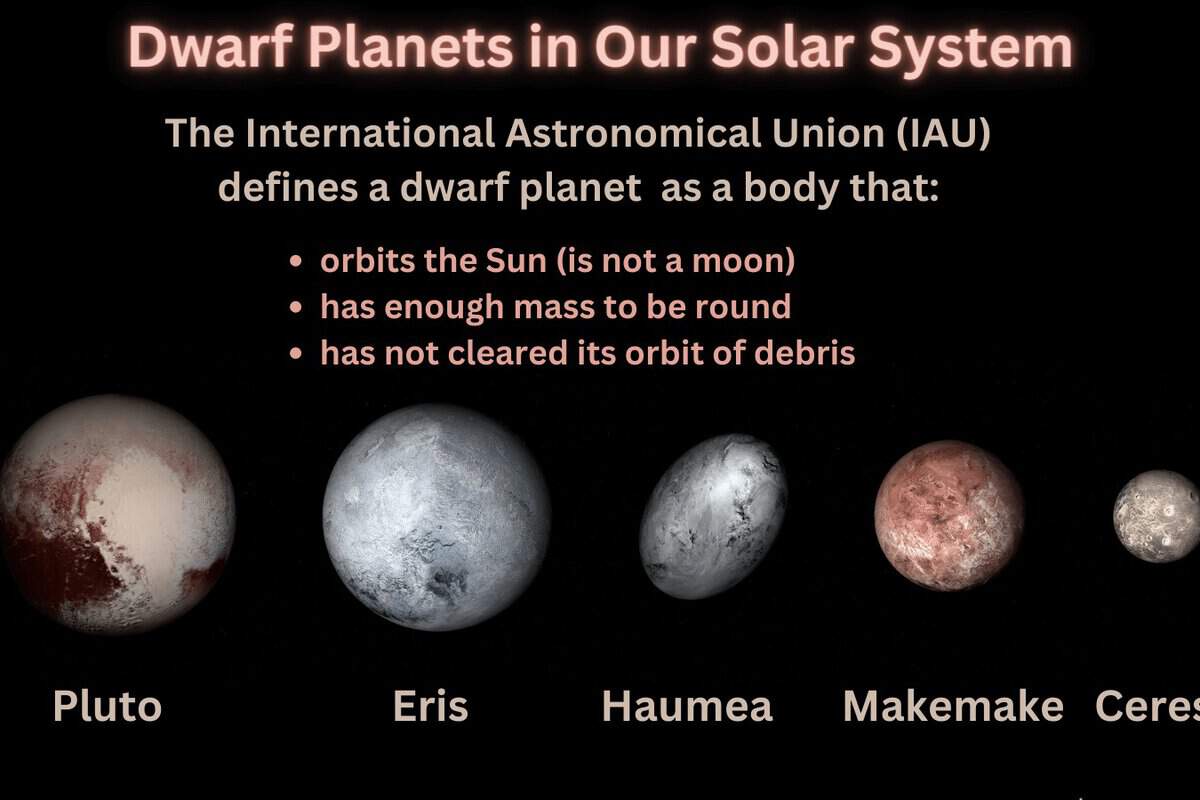Within our solar system, there exists a multitude of celestial entities, each varying in size and composition. Amongst these enigmatic existences, dwarf planets stand out as particularly peculiar. Scientists, captivated by their mystique, endeavor to unlock the enigmas that surround them. As of now, we have comprehensively explored and examined five members of this distinctive group, which we shall explore further within this article.
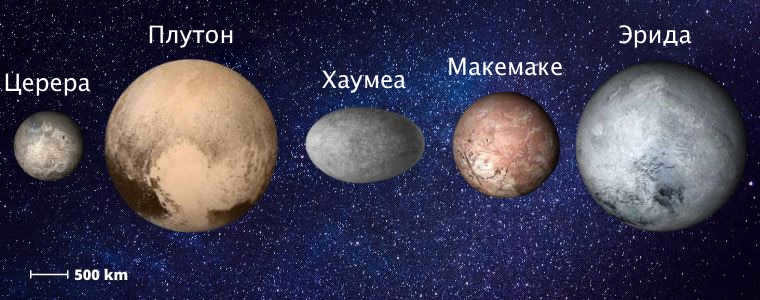
What Are Dwarf Planets?
In 2006, astronomers created a classification system for celestial bodies orbiting the Sun, dividing them into three categories:
Dwarf planets occupy an intermediate position in this classification. They are not as large as bodies like Mars or Jupiter, but they are also not classified as asteroids.
The International Astronomical Union defines dwarf planets as spherical celestial bodies that orbit the Sun. However, they have a smaller mass and do not have the gravitational dominance to clear their orbit of smaller celestial objects.
Dimensions and mass of dwarf planets
In this range, there are 5 dwarf planets: Haumea, Makemake, Erida, Ceres, Pluto (previously considered a planet). However, scientists propose that there are many more. There exists a group of potential candidates. Among these contenders is Sedna, for example.
Researching these celestial bodies is challenging due to their considerable distance from the Sun. Almost all of the “dwarfs” are concentrated in the Kuiper belt. Only Ceres is situated between Mars and Jupiter, within the asteroid belt, making it the dwarf planet closest to the Sun. Currently, their investigation has become feasible thanks to the advanced optical systems utilized by NASA and other space program implementing organizations.
MAC specialists are of the opinion that the small celestial object should possess a size of no less than 800 km in diameter and a weight exceeding 5⋅10 20 kg. The characteristics of each installation are indicated in the table:
| No. n/a | Name of the dwarf planet | Dimensions (km) | Mass in kg | % of Earth mass |
| 1. | Ceres | 975,7909 | 9.5*1020 | 0.0016 |
| 2. | Pluto | 2306,2326 | 1.305*1022 | 0.22 |
| 3. | Haumea | 1960,1518,996 | 4.2*1021 | 0.007 |
| 4. | Makemake | 1360×1480 km | 3*1021 | 0.05 |
| 5. | Erida | 2326,2338 | 1.67*1022 | 0.28 |
Origin of Dwarf Planets
The formation of dwarf planets in our solar system primarily occurs within the Kuiper belt. This region is home to most of these celestial bodies. One of the factors contributing to the emergence of dwarf planets is the dynamic movement and compression of volatiles, such as ammonia, methane, and water. These dwarf planets also consist of various types of rocks.
Outside the Kuiper belt, the Oort cloud is believed to serve as a source of building material for dwarf planets. Through the process of compaction, these celestial bodies take shape, adopting a spherical form and acquiring other characteristics similar to their more mature counterparts.
Dwarf planets
Each of the dwarf planets in our solar system possesses its own unique characteristics. They are designated with specific numbers by the Center for Minor Planets (CMC), based on their location, number of satellites, and other individual traits.
Pluto
Formerly categorized as a planet in our solar system, Pluto was discovered in 1930 by scientist Clyde Tombaugh, who included it as one of the nine major celestial bodies. However, when astronomers identified similar objects beyond the orbit of Neptune, it was reclassified as a “dwarf” planet. In 2015, astronomers obtained valuable new insights about Pluto thanks to images captured by the New Horizons spacecraft, which approached the planet at an incredibly close distance.
If a person weighs 90 kilograms on Earth, their mass would be equivalent to 5.5 kilograms on Pluto.
On March 24, 1930, Pluto was given its official name through a competition. Originally, the name Minerva was suggested, but it was ultimately not chosen. Instead, the name Pluto won in honor of the Roman god, thanks to the suggestion of an 11-year-old girl who happened to be the granddaughter of the astronomer. This name also served as a tribute to the initials of the observatory director, P. Lowell, where Pluto was first spotted.
| Characteristics | Parameters |
| Location | Situated in the Kuiper Belt |
| Size, km. | Approximately 2306±20 |
| Mass/% of Earth mass | 1.305*10 22 kg/0.22% |
| Orbit | Its orbit around the Sun is a highly elongated ellipse. It comes closer to the Sun than Neptune at its perihelion point. |
| Distance from the Sun | On average, it is located at a distance of 5.91 billion kilometers from the Sun. |
| Composition | Composed of rocks and ice of methane and nitrogen origin |
| Atmosphere | Its atmosphere is composed of discharged and vaporized ice |
| Satellites | It has 5 natural satellites, with Charon being the largest among them. Charon is also considered a “dwarf” planet. |
The status of Pluto remains uncertain, as some scientists still classify it as a planet.
Erida
Erida was discovered by Michael Brown’s team. In 2006, the International Astronomical Union (IAU) determined its status and officially registered it. Erida is so large that initially scientists believed it to be the 10th planet. They initially thought it was bigger than Pluto, but after further observations, they reached a different conclusion. Due to the conflicting opinions among scientists, this planet was named after the goddess of discord.
Erida is located very far from the Sun, making it challenging to accurately determine its parameters. It was only in 2015, after the spacecraft “New Horizons” flew towards Pluto, that scientists were able to estimate the approximate size of Erida. The planet’s mass was calculated thanks to its satellite, Dysnomia.
Haumea
Haumea is a dwarf planet that was discovered in 2005 by two scientists, Michael Brown and Jose Ortiz. Initially, there was a debate about what to name the new object. Brown suggested naming it after the goddess of fertility, while Ortiz suggested naming it after the goddess of spring. However, neither of these names were chosen by the International Astronomical Union (IAU), and the planet was temporarily referred to as Santa. Eventually, the name Haumea, proposed by Brown, was officially adopted.
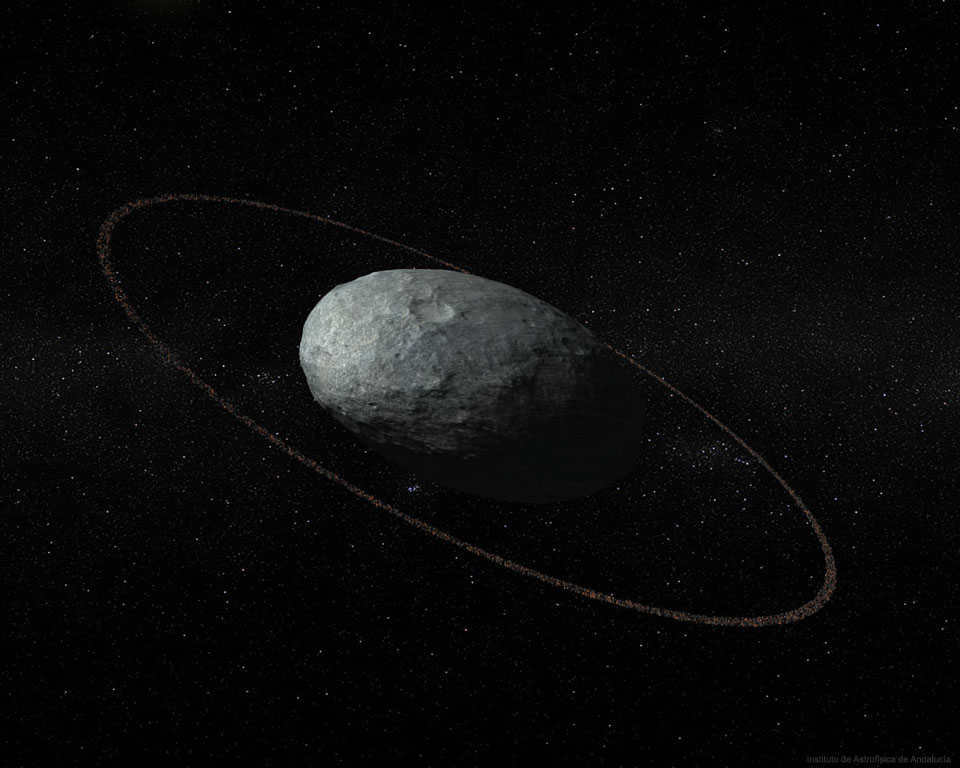
Haumea, this celestial body, possesses a variety of characteristics that set it apart from other comparable entities:
- its unique oblong shape;
- an astonishingly rapid rotation around its axis;
- an incredibly high luminosity.
This “dwarf” planet is composed primarily of ice with traces of hydrocarbons and minerals. It lacks an atmosphere. In close proximity to the planet are two satellites, which have been named after the goddess Haumea’s daughters.
Makemake, the fourth dwarf planet in the Kuiper Belt, was first spotted by Michael Brown in 2005. After three years, it was officially named Makemake, but prior to that, it was affectionately referred to as the Easter Bunny due to its discovery happening on Easter.
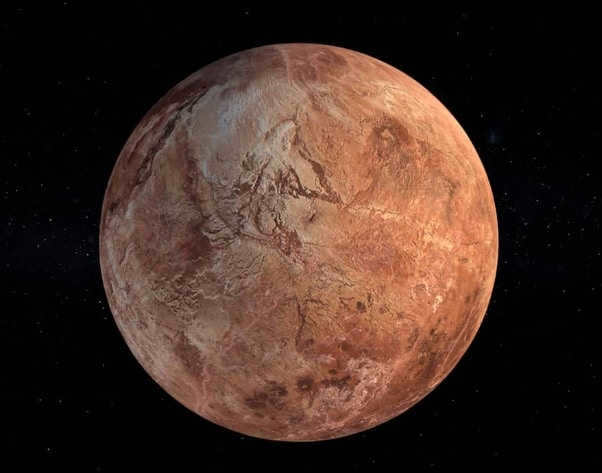
Makemake, being situated far away from the Sun, has not been extensively studied. Through the utilization of infrared telescopes, scientists have been able to determine that its size is greater than that of Haumea. The mass of Makemake remains a subject of hypothesizing.
Comprised of a rocky core and an icy crust, Makemake contains frozen gases such as methane and ethane. The surface layer, resembling that of Pluto, is luminous in nature. Makemake possesses a transitional atmosphere and is accompanied by a single faint satellite.
Ceres
Ceres is a celestial body located in the main asteroid belt and has characteristics that could classify it as a planet. Although astronomers have extensively studied Ceres, there is still ambiguity surrounding its status. The Committee on the Minor Planets (CMP) designates Ceres as a “minor planet.” Italian explorer Giuseppe Piazzi discovered Ceres in 1801 while exploring the region between Mars and Jupiter.
Ceres completes one orbit around the Sun in approximately 4.6 years and completes a full rotation on its axis in 9 hours and 4 minutes. This celestial body consists of a solid rocky core and an icy mantle. Recent infrared observations have suggested the presence of an ocean beneath the icy crust, potentially harboring primitive life forms. The surface of Ceres is rich in clay, iron, and carbonates, providing evidence for a weak atmosphere. No natural satellites have been detected around Ceres.
Ceres is known for being one of the dwarfs with a relatively high temperature, with its temperature dropping down to -34 degrees Celsius.
Dwarf planets’ domination in their orbits
Scientists have established certain criteria for classifying a celestial body as a planet, including hydrostatic equilibrium and the ability to clear the surrounding space from other bodies. In order to achieve a dominant position, these celestial objects must possess a substantial mass. Unfortunately, small celestial bodies typically lack the necessary mass to qualify for this designation.
Dwarf planets have distinctive orbital characteristics. Their trajectories are elliptical and elongated, and they do not intersect with smaller bodies. This is made possible by their gravitational influence.
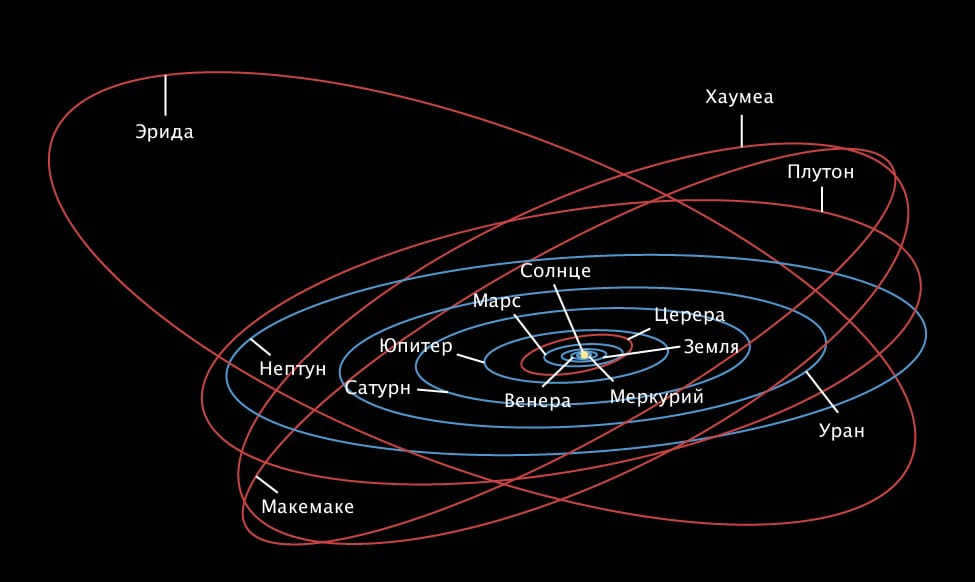
Nevertheless, certain comets have the capability to traverse the paths of minor planets. In the event that their paths coincide, a collision may ensue. Consequently, two celestial bodies will combine, with the larger one assimilating the smaller one.
Potential Candidates for the Title of Dwarf Planets
The contenders vying for the classification of dwarf planet are those entities that closely resemble them in terms of their characteristics. Sedna is among these contenders. Some astronomers have already reclassified it as a dwarf planet. They posit that this celestial body possesses sufficient mass and luminosity to assume a spherical form. However, the International Astronomical Union (IAU) has yet to fully embrace this decision. The primary counterargument is that Sedna has not successfully “cleared” its orbital path from other celestial bodies.
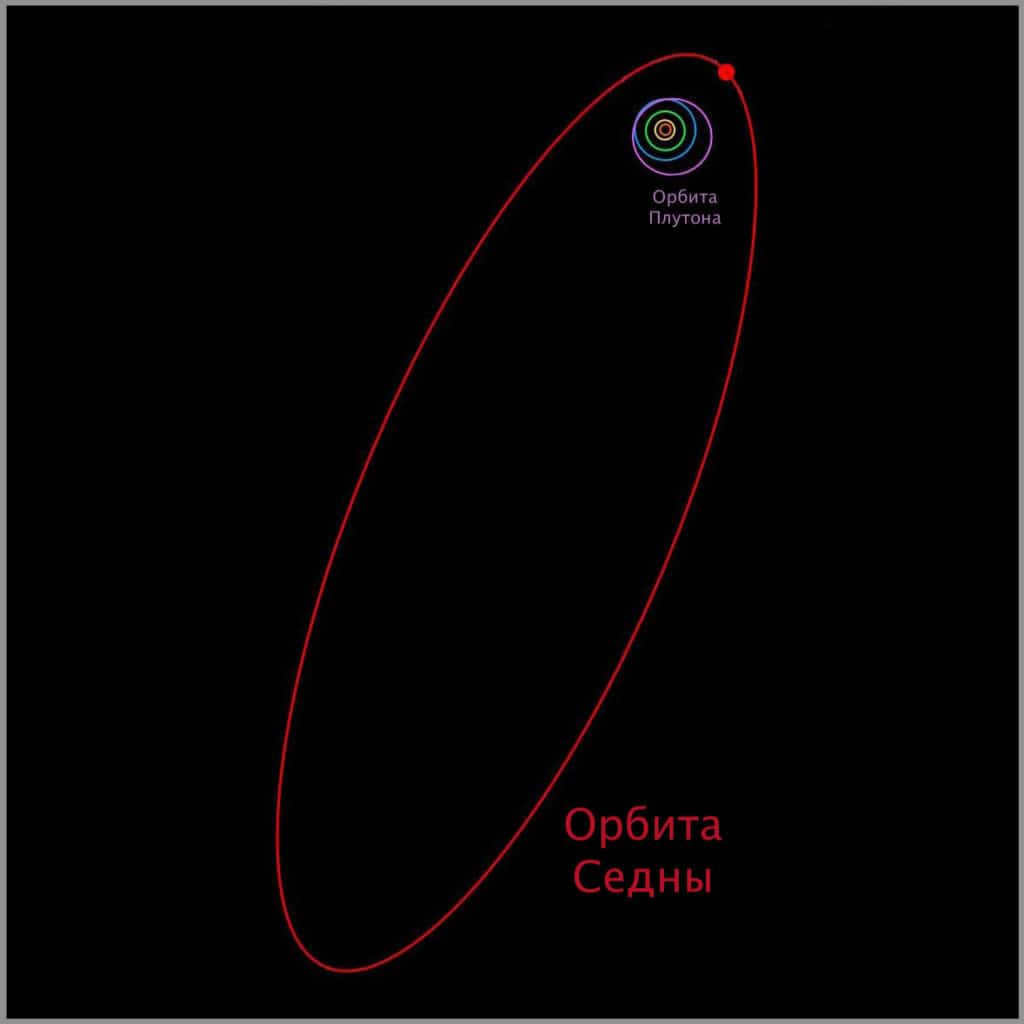
Among the potential candidates is Ork (90482), a sizable celestial object located in the Kuiper belt. Its path around the Sun closely resembles that of Pluto, with Ork consistently positioned on the opposite side. The surface of Ork exhibits a luminous appearance due to the presence of ice crystals containing compounds such as methane and ammonia.

At present, there are more than 250 autonomous celestial bodies. The majority of these lack a designated name, only possessing a license plate. In order to be officially recognized as a dwarf planet, they must meet all of the necessary criteria.
The ongoing debate surrounding dwarf planets
In 2006, the International Astronomical Union (IAU) established a set of criteria for determining the classification of celestial bodies, sparking a heated discussion among astronomers. The primary point of contention revolves around a planet’s ability to “clear” its orbit of other celestial objects.
One prominent scientist, Michael Brown, argues that there are only 8 true planets in our solar system, as they have successfully cleared their orbits. However, Alan Stern challenges this view, asserting that not all bodies in the first group of celestial objects are capable of eliminating extraneous bodies from their orbits. He points to the constant presence of comets and asteroids that come dangerously close to Earth. Supporters of Stern’s viewpoint concur, but argue that the larger planets are capable of exerting control over the trajectory of smaller objects within their own “territory.”
Controversy arises when determining the status of objects outside of our solar system, particularly in regards to their mass and size. The same criteria that is used for objects within our solar system is proposed to be applied to these objects.
Did You Know?
We already know a lot about the dwarf planets in our solar system, but there are still many mysteries left unsolved. Astronomers believe that there are a significant number of celestial bodies in the Kuiper belt that can be classified as “dwarfs”.
Some interesting facts about these objects have piqued the curiosity of not only scientists, but also the general public. Here are just a few examples:
- Dwarf planets cannot be seen with the naked eye, but they can be detected using a telescope, even the most distant ones.
- Both Pluto and Ceres have subglacial oceans, which means there is a high probability of water on these dwarf planets.
- There are hypothetical projects being considered to colonize Ceres.
- All dwarf planets except Ceres possess natural satellites.
- Haumea spins rapidly on its axis, completing a full rotation in just 4 hours on Earth.
Explorers of space are constantly observing the solar system and discovering new celestial objects. Not long ago, additional transneptunian bodies were found, which might be classified as dwarf planets.

The Solar System is the name given to the central part of space where the star Sun is located. Planets orbit around the Sun in their respective paths. Objects in space that are massive, spherical in shape, and orbit around the Sun are known as planets. There are a total of eight major planets in the Solar System, each with their own moons. There are also other types of planets that have unique characteristics.
Dwarf planets in our solar system
Within the vast expanse of the cosmos, there exist celestial bodies known as dwarf planets. These unique entities possess certain characteristics, including:
- An established orbit that revolves around the Sun;
- A mass that results in a spherical shape;
- Independence from any planetary satellite;
- An inability to clear the surrounding space of other celestial objects.
The scientific community has officially recognized the existence of five dwarf planets. They are enumerated below:
Among these five planets, four are categorized as transneptunian objects. There have been reports of approximately 40 additional space objects belonging to this group. The exact number of dwarf planets in our solar system remains unknown at present. Scientists speculate that there could potentially be a significant abundance of these fascinating entities.
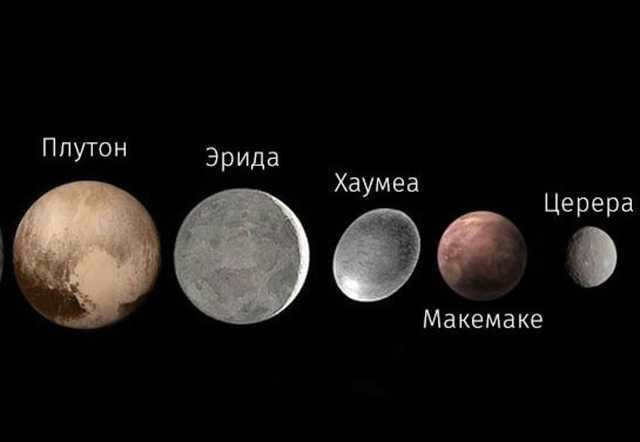
Sedna, a celestial object, is currently being considered as a potential dwarf planet. Although it has not officially been designated as such, scientists classify Sedna within this group.
Researchers study dwarf planets using telescopes located on Earth, including those near-Earth telescopes. Astronomers are continuously exploring outer space, and the list of dwarf planets may expand in the near future.
Distinctive Features of Dwarf Planets
Dwarf planets are found in various regions of space. For instance, Ceres is situated within the asteroid belt, which lies between Mars, a member of the terrestrial planets, and the massive Jupiter. This region is home to numerous asteroids, some of which are classified as dwarf planets.
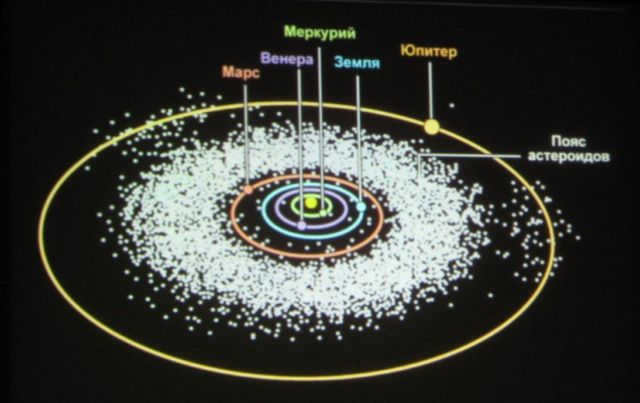
Beyond the orbit of Neptune lies the Kuiper belt, which is home to celestial bodies such as Pluto, Haumea, and Makemake.
Erida is situated within the Scattered Disk region, the farthest part of outer space from the Sun.
Pluto, the largest of the dwarf planets, surpasses Eridus in size. When arranged in order of magnitude, the list is as follows:
Ceres possesses a spherical shape and consists of a rocky core covered by an icy mantle, with a thickness ranging from 60 to 120 kilometers.
Pluto possesses a solid core measuring approximately 1,500 kilometers in diameter. It is enveloped by a substantial layer of frozen water, reaching a thickness of 400 kilometers. The exterior of the planet is adorned with frozen gases. The surface temperature of Pluto plummets to a bone-chilling -220 ºC and even lower. In the not too distant past, Pluto was designated as a planet of the regular variety. Subsequently, it was reassigned to the category of dwarf planets. Erida bears a striking resemblance to Pluto.
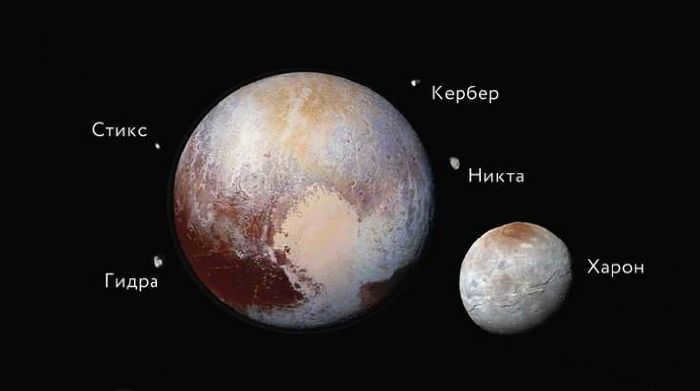
The specific details regarding Makemake’s dimensions, mass, and other attributes remain largely unknown. The composition of its surface primarily consists of frozen gases. The temperature at Makemake’s surface is estimated to be approximately -240 ºC.
Haumea’s surface is predominantly covered with frozen water, creating a layer of ice. This dwarf planet exhibits an incredibly rapid rotational speed on its axis.
With the exception of Ceres, dwarf planets are accompanied by natural satellites.
To facilitate a 5th-grade geography lesson, you can construct a brief message outlining the distinguishing features of dwarf planets.
What is the conclusion?
The exploration of the solar system is still ongoing and there is much more to discover. Among the celestial bodies within it, there are also dwarf planets. While 5 have been officially identified, according to the definition of planets, there may be a multitude of others. The exact number is yet to be determined.
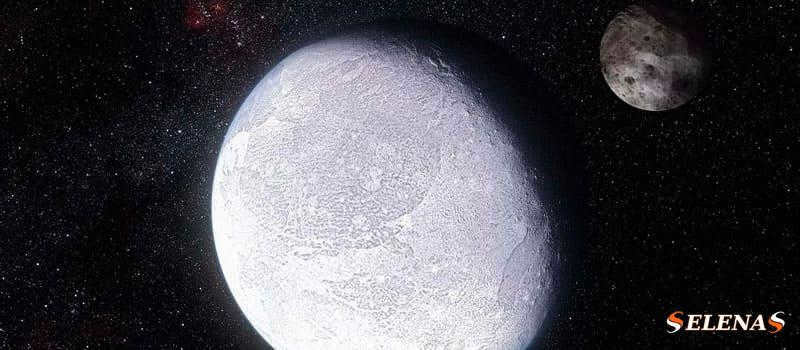

Today, we’re going to delve into the topic of dwarf planets: what defines them, which five dwarf planets exist in our solar system, and whether there might be more out there.
If you’re familiar with the controversy surrounding Pluto’s reclassification in 2006, you’re likely aware that the former ninth planet in our solar system is now regarded as a modest dwarf planet.
The decision made by the International Astronomical Union (IAU) has sparked considerable debate and criticism from the general public, with many individuals still considering Pluto to be a full-fledged planet.
Aside from being a bit of an unusual point to argue for anyone who is not a professional astronomer, it is also likely due to a broader lack of knowledge about dwarf planets as a classification, which is unfortunate.
Although it may have appeared to some that we lost something when Pluto was reclassified as a dwarf planet, we actually acquired a much more profound comprehension of a unique type of celestial body in our solar system that serves as a significant connection to the early solar system and the period of planet formation that concluded approximately 4.5 billion years ago.
According to the International Astronomical Union (IAU), a dwarf planet is a celestial body that revolves around the Sun, is not in orbit around another body in the solar system, has not cleared its orbit of other objects, and generally possesses enough mass and internal gravity to have a spherical or nearly spherical shape.
The IAU further states that a dwarf planet can also exist within a region that contains numerous other objects, such as the asteroid belt or the Kuiper belt beyond Neptune’s orbit.
What are the five dwarf planets in our solar system?
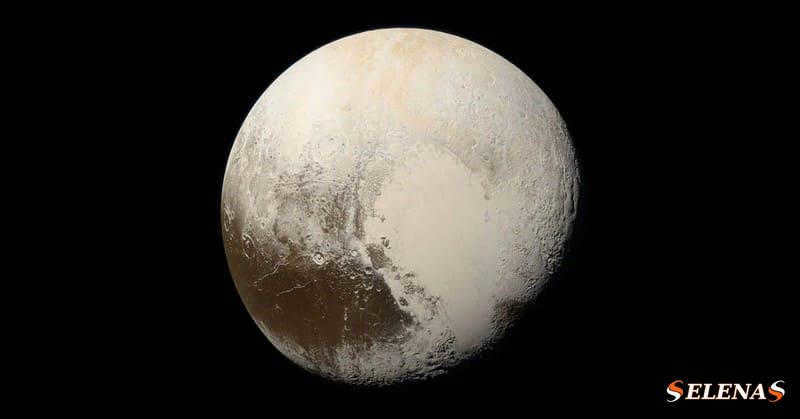
The largest dwarf planet in terms of size is Pluto, which was observed by the New Horizons probe during its flyby in 2015.
There are currently five recognized dwarf planets according to the International Astronomical Union (IAU).
Pluto, the most well-known member of the dwarf planets, was first discovered in 1930 and was initially considered the ninth planet in the solar system.
It is the largest dwarf planet in terms of size and the second largest in terms of mass.
Although it typically orbits outside of Neptune’s orbit in the Kuiper Belt, the eccentricity of Pluto’s 250-year orbit sometimes brings it closer to the Sun than Neptune.
Pluto possesses a mere 0.2% of Earth’s mass, making it approximately one-tenth the mass of the Moon.
Despite its small size, Pluto boasts its own set of five satellites: Charon, Nix, Hydra, Kerberos, and Styx.
Charon is particularly fascinating because it shares a close enough mass with Pluto that the two bodies actually orbit around each other, forming a double system. The common center of gravity, known as the barycenter, lies in the empty space between them rather than within Pluto itself.
These characteristics make a compelling argument for Charon to be considered a dwarf planet, although the International Astronomical Union (IAU) currently designates it as a moon.
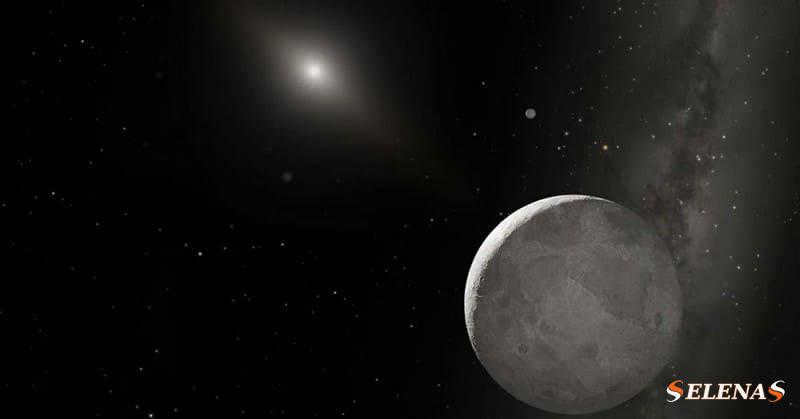
The discovery of Eris in 2003 was actually the catalyst for the initial discussion about reclassifying Pluto in 2006.
This is because Eris is approximately 27% larger in mass than Pluto and was initially believed to be larger in size as well.
However, further analysis revealed that Eris is slightly smaller in diameter than Pluto.
In addition to its size, Eris also has a highly eccentric orbit, taking 557 years to complete one revolution around the Sun.
Eris’ orbit extends well beyond the Kuiper Belt and intersects with the orbits of both Pluto and Neptune.
In 2005, Eris was appropriately named to reflect the uproar that ensued following her detection: Eris, the goddess of discord in ancient Greek mythology.
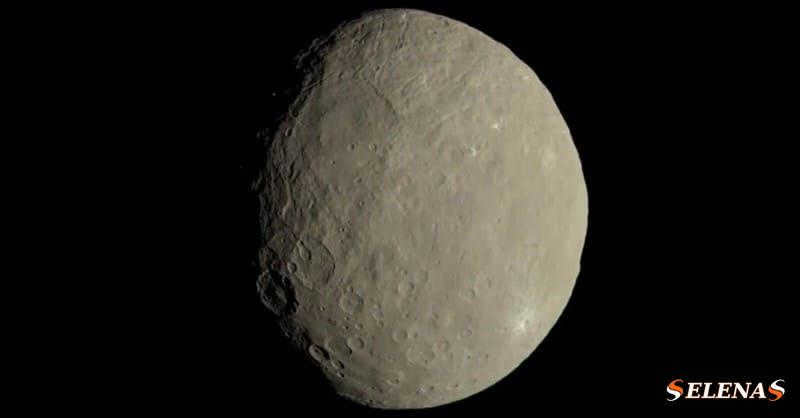
The dwarf planet Ceres, located in the asteroid belt between Mars and Jupiter, was captured in 2015 by the Dawn spacecraft.
Discovered in 1801, Ceres was initially classified as an asteroid and was the first of its kind. However, it possesses all the characteristics of a dwarf planet, sparking a debate on whether it can still be considered an asteroid.
Regardless of its classification, Ceres constitutes a significant portion, approximately 25%, of the total mass in the asteroid belt.
Ceres holds the distinction of being the sole dwarf planet in the asteroid belt between Mars and Jupiter, making it the nearest dwarf planet to us and providing a unique opportunity for detailed study.
Ceres completes a full orbit around the Sun in 4.6 years and fully encircles the circular asteroid belt.
While it may appear as a rocky planet on the outer layer, a significant portion of Ceres’ weight is believed to be attributed to an underground body of liquid water.
Ceres lacks a companion and lacks the necessary mass to gravitationally “sweep” its path within the asteroid belt.
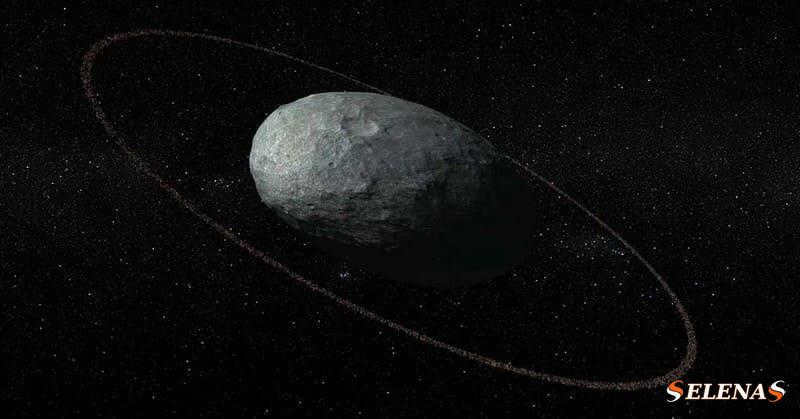

Recent research has revealed that the dwarf planet Haumea, also known as Haumea, possesses a delicate ring system in addition to its two previously known satellites.
Originally discovered in 2003, the dwarf planet Haumea barely meets the criteria for being classified as a dwarf planet.
One of the key requirements for a celestial body to be considered a dwarf planet is having enough mass for its shape to be determined by its own gravitational pull.
Unlike the other four dwarf planets, Haumea does not have the typical spherical shape. Instead, it has an elongated shape resembling that of a rugby ball.
This phenomenon is likely a result of its remarkably rapid rotation around its primary axis, completing one full revolution in just 3.9 hours.
Consequently, Haumea has a somewhat compressed shape due to the angular momentum generated by this spinning motion.
Nonetheless, Haumea still adheres to the technical guidelines for dwarf planet classification since its own gravitational force remains the primary determinant of its shape, and the elongation caused by the rotation distorts its form after the fact.
Haumea possesses two known moons, Hi’iaka and Namaka, and recent observations have revealed the presence of a small ring system, making it the sole dwarf planet known to possess such a feature.
The name Haumea is derived from the Hawaiian goddess associated with birth and fertility. It orbits beyond Neptune in the Kuiper belt and completes one full orbit every 285.46 years.
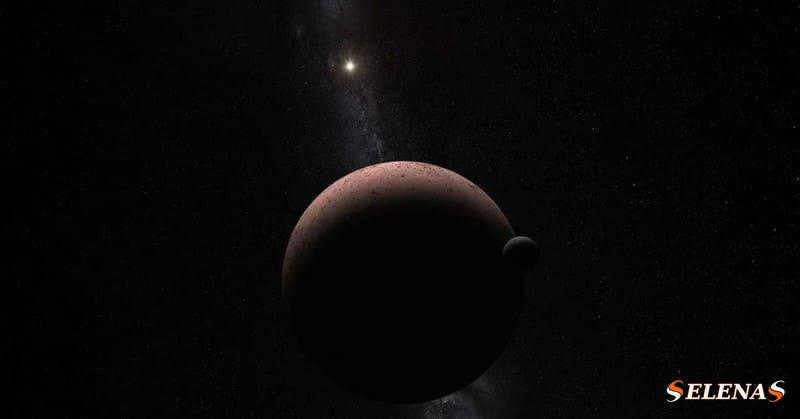
Makemake, the most recently found dwarf planet, was named after the creator deity of the Rapa Nui individuals on Easter Island. It was discovered in 2005, just a year before the development of the new classification of dwarf planets. However, it wasn’t officially recognized as a dwarf planet until 2008.
Located in the Kuiper Belt, Makemake orbits the Sun at a distance of 50 astronomical units. It is an icy rock, likely similar in composition to Pluto, its neighboring dwarf planet, which gives it a reddish hue.
Makemake takes approximately 306 years to complete one revolution around the Sun. In 2015, a small moon was discovered orbiting Makemake, informally named “MK 2”.
What defines a celestial body as a dwarf planet?
There are three specific criteria that distinguish a celestial body as a dwarf planet.
Firstly, it must be an object that orbits the Sun and is not a natural satellite of another celestial body, such as a planet.
If it were a satellite, it would be classified as a moon rather than a dwarf planet.
Secondly, it must be sufficiently large for its gravitational force to shape it into a spheroid.
While Haumea challenges the boundaries of this requirement, the other four dwarf planets all possess a suitably spherical shape.
Finally, a dwarf planet is incapable of clearing its orbital path of debris, unlike a true planet.
"In an effort to provide a mathematical justification for a limited number of planets, a group of scientists embarked on a mission," explains Philip Metzger, a planetary scientist at the Florida Space Institute at the University of Central Florida, "with the aim of establishing a criterion for planets to clear their own orbits.
This criterion was actually developed retroactively in order to maintain a concise number of planets.
Metzger argues that the ability of a celestial body to clear its orbit of debris is not indicative of its true nature, making it an unreliable measure.
He also highlights the fact that the requirement for a planet to clear its orbit in order to be classified as such was a completely new qualification introduced in 2006, and had never been considered in previous discussions on the definition of a planet.
“Metzger stated that this is the current representation of the state of affairs,”.
“However, if, for instance, a star were to pass by and obliterate our solar system, then the paths of the planets would no longer be free of debris,” Metzger explained.
“Metzger added that this is analogous to the definition of ‘mammals’.
“They are considered mammals regardless of whether they inhabit land or sea. It is not about their location, but rather the internal characteristics that define them,” Metzger clarified.
Nevertheless, there is undoubtedly a significant distinction between a dwarf planet like Ceres and even the smallest planet, Mercury, even if articulating that difference precisely is challenging.
However, intuition cannot replace genuine scientific understanding, so the qualifier “cleared its orbit” is a step in the right direction in this regard.
This information also provides insights into the uniqueness of dwarf planets within this particular framework.
In numerous aspects, dwarf planets serve as remnants from the past, remaining from the time when the formation of planets was still occurring 4.5 billion years ago.
Dwarf planets symbolize an intermediate phase in the development of celestial bodies, a stage that all large planets, including Earth, must have undergone in order to reach their current state.
This distinction is significant and warrants clarification, even if it requires us to reevaluate certain cherished notions instilled during our childhood.
Are there any additional dwarf planets?
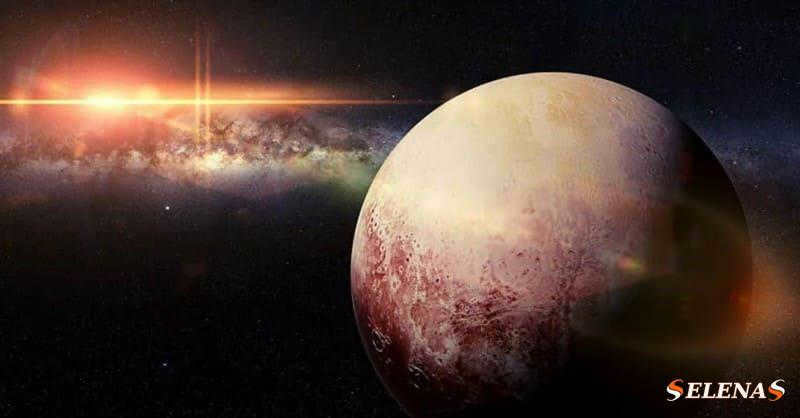

Could the dwarf planet Pluto make a triumphant comeback and be reinstated as a full-fledged planet in the future? As our knowledge about exoplanets continues to expand, our understanding of what qualifies as a planet may undergo unforeseen revisions.
There are numerous potential candidates for dwarf planet status that await confirmation through further research and observation. While not all of them will meet the criteria for being classified as dwarf planets, it is highly likely that at least some of them will.
The solar system is vast, and the Kuiper belt, in particular, is densely populated.
The asteroid belt situated between Mars and Jupiter has been extensively mapped. However, it is highly unlikely that any new candidates for dwarf planet status will be found from this region, as only Ceres comes close to meeting the criteria. It remains to be seen if the qualifications for dwarf planet status will remain relevant, as demonstrated by the reclassification of Pluto in 2006. The continuous discovery of exoplanets and advancements in our observational capabilities may necessitate the creation of new designations and render the current classification of dwarf planets obsolete.
We will not have this knowledge until a discovery arises that prompts the question, as was the case with the identification of Eris in 2005.
If you are searching for reasons to be optimistic about Pluto transitioning from its current designation as a dwarf planet to its previous status as a full-fledged planet, this is an event to anticipate, at the very least.
Frequently Asked Questions (FAQ)
What was the impact of the Eris discovery?
The discovery of Eris in 2005 had a significant impact, leading astronomers to reconsider the classification of Pluto as a planet and determine the number of dwarf planets in existence.
The name “Eris” is derived from the Greek goddess of discord.
What do we mean by gas giants and ice giants?
Saturn and Jupiter are sometimes referred to as gas giants, whereas Neptune and Uranus are often called ice giants.
This is due to the fact that Neptune and Uranus have a higher concentration of water and ice-forming substances in their atmospheres.
How come Pluto was downgraded to a dwarf planet?
Aside from its small size and unusual orbit, Pluto’s classification as a dwarf planet is also influenced by the fact that it does not clear the debris in its vicinity and shares its space with several other objects in the Kuiper belt.
The reclassification of Pluto continues to be a topic of debate.
The size is the main distinguishing factor between a planet and a dwarf planet.
Dwarf planets are smaller in size, which means they do not possess sufficient gravitational forces to draw in and gather all the materials in their orbits.
In our solar system, every dwarf planet is smaller than Earth’s moon.
If you have any further inquiries or wish to share your thoughts on this topic, please feel free to do so in the comment section below.
Looking forward to hearing from you! Join us!
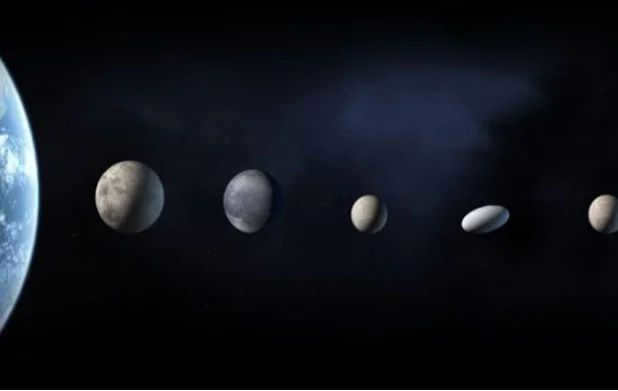
Scientists are constantly occupied by numerous enigmas within our solar system. One particular area of interest is the realm of dwarf planets. Currently, only five celestial bodies have been granted this designation in modern astronomy: Pluto, Ceres, Erida, Haumea, and Makemake. However, there are at least 40 more awaiting classification and their rightful place in the vast expanse of the universe.

In today’s fast-paced world, simply studying the school curriculum is no longer sufficient. It is crucial to acquire valuable knowledge about finance and investments in order to secure one’s financial well-being.
Take control of your future by gaining a comprehensive understanding of financial literacy. Access FINANCIAL LITERACY online today.

Register now, SUBMIT YOUR APPLICATION FOR YOUR ACHIEVEMENT
Distinguishing dwarf planets
In order to be classified as a dwarf planet, celestial bodies must meet specific criteria that were clearly established in 2006 during the IAU International Conference:
- Possess a spherical shape;
- revolve around the Sun;
- not act as a moon of another planet;
- have the capability to clear its orbit of additional space objects.
There have been several other dwarf planets discovered beyond the Kuiper belt. Among them are Ceres and Sedna, both of which continue to perplex scientists with numerous unanswered questions.
The Case of Pluto
When discussing the formation of our solar system, it is impossible to neglect the mention of a particularly diminutive celestial body that remains the subject of ongoing debate within scientific circles. This is despite the fact that it was once classified as a planet. We are, of course, referring to Pluto – a desolate, ice-covered recluse situated on the outer fringes of our system.
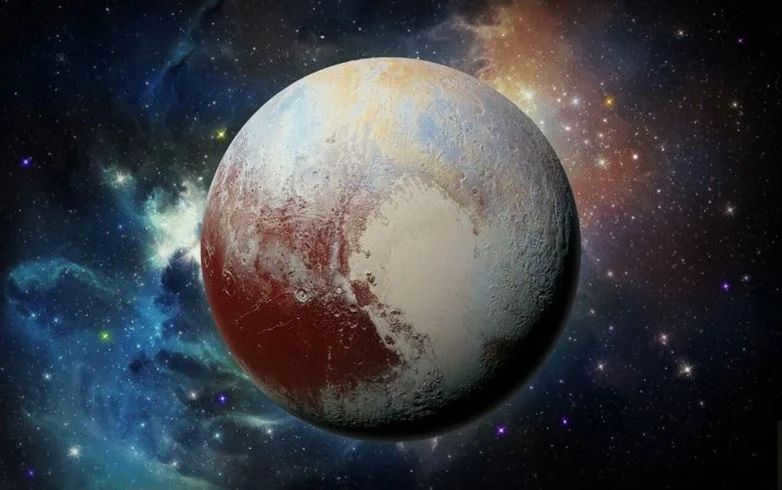

The status of Pluto as a planet is still a subject of debate for many. The reality is that it falls into a unique category of planets. Pluto is relatively small and receives minimal heat and light from the Sun. The star on its horizon appears slightly brighter than our Moon. Additionally, the temperature on its surface is such that only neon can exist as a gas under such conditions.
If we are to trust modern scientists, Pluto is not considered a planet but rather a small dwarf planet. However, in recognition of its historical significance, they have maintained Pluto’s status as a dwarf planet.
The discovery of this dwarf planet in the Solar System was made on February 18, 1930 by Clyde Tombaugh, a young American astronomer. With his groundbreaking find, Tombaugh provided evidence that supported the calculations of renowned theoretical astronomers Percival Lovell and William Pickering.


Clyde Tombaugh
Pluto is situated at a distance of 5930 million kilometers from the Sun. This celestial body completes one orbit around the Sun in a span of 248 Earth years. Pluto stands out among other dwarf planets due to its significantly smaller size. It has a diameter of only 2304 kilometers and a mass that is equivalent to 0.002 times the mass of the Earth. The distance between Earth and Pluto is so vast that even with advanced equipment, observing its surface remains impossible.
Scientists have made extensive efforts to discover this cosmic entity. After conducting numerous calculations, they determined the predicted location of the planet. However, it was only with the advent of large-aperture optical telescopes that the enigmatic planet became visible. It was named after the deity who governed the underworld.
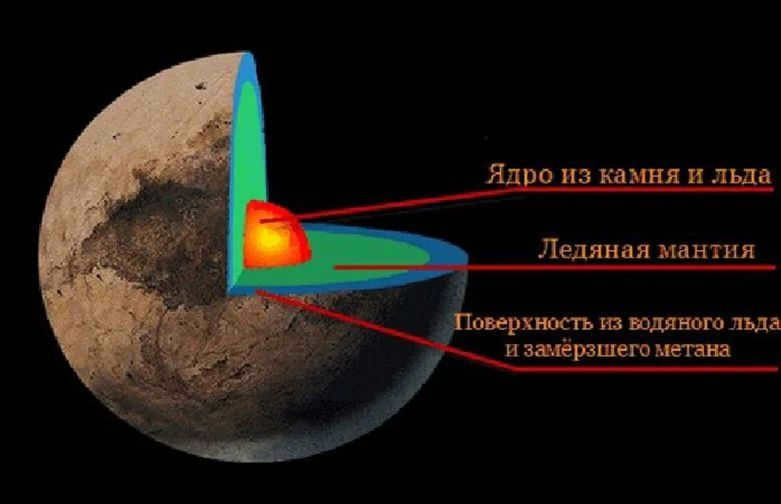
Original Source
Pluto’s surface is gray and desolate. It is adorned only by a patchwork of dark and light areas. Additionally, there are intriguing striped patterns in certain regions. These patterns likely formed from frozen gases that fell as frost. The color of the stripes reveals the chemical composition of the icy substance. The temperature on Pluto is variable and depends on its distance from the Sun. Currently, temperatures have plummeted to minus 230 degrees Celsius. It is difficult to imagine how much colder it could become when Pluto reaches its maximum distance from the Sun. Scientists predict this will occur in 120 years.
Pluto’s moons
In the distant past, Pluto used to orbit around Neptune as one of its moons. However, our solar system experienced an intrusion from a massive celestial object, five times larger than Earth, that originated from the depths of the Universe. This event caused chaos in the orbits of various planets, causing Venus to rotate in the opposite direction and forcefully separating Pluto from Neptune. Additionally, this cosmic catastrophe resulted in the fragmentation of Pluto into two separate parts. The smaller fragment eventually became a moon of the newly formed planet and was named Charon by astronomers upon its discovery in 1978. Charon, which is three times smaller than Pluto in diameter, orbits dangerously close to the surface of the planet.
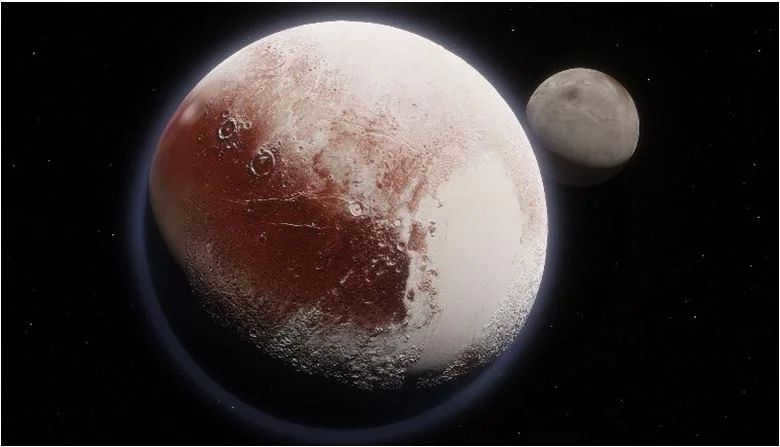
It is interesting to note that both Pluto and Charon have the same rotational period around their respective axes. This means that Charon always has the same side facing Pluto, and it remains in the same position relative to Pluto. This creates a binary system between the two bodies. They are so close that in photographs, the light from both of them merges together. Based on the movement of Charon, it is predicted that it will eventually collide with Pluto’s surface. Only time will tell if Pluto can withstand such an impact.
Charon is considered to be the largest moon of the dwarf planet, but scientists have also discovered several smaller moons:
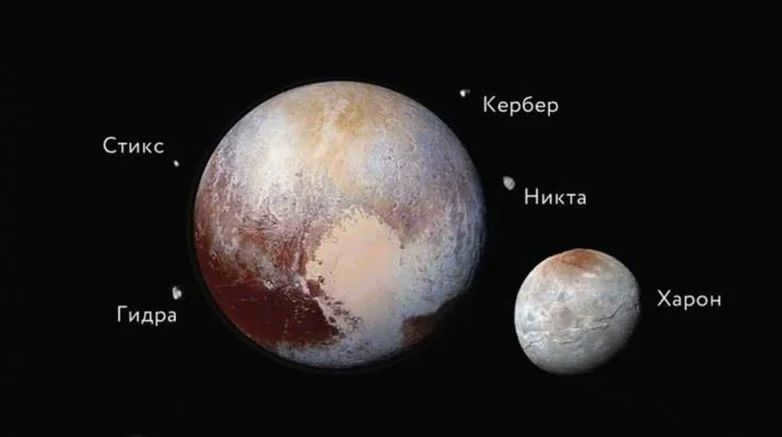

Nycta and Hydra were discovered in 2005, Kerber was discovered in 2011, and Styx was discovered in 2012. Their exploration continues as they hold numerous enigmas.
Ceres
Despite its small size, Ceres is considered a celestial body in its own right. This dwarf planet is situated in the asteroid belt between Mars and Jupiter. For centuries, scientists from various countries have debated about the classification of this celestial object. Initially, Ceres was labeled as a planet, but after the discovery of similar celestial bodies in the asteroid belt (although smaller in size), it lost its classification and officially became the largest asteroid.
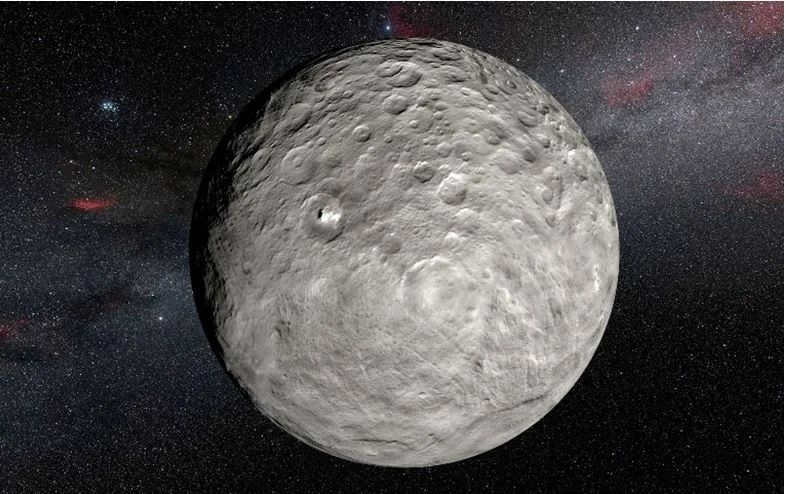

While the discussion regarding Pluto’s classification was ongoing, there was also a desire for Ceres to be recognized as a planet, but it never received official recognition. The reason being that the official definition of a planet states that it must clear its orbit of other celestial bodies, which Ceres has not done.
As of now, Ceres does not have a definitive classification. Some scientists still refer to it as a dwarf planet, while others consider it an asteroid.
Ceres is known as the sole dwarf planet located within the asteroid belt. It possesses a mass of 9.4*10 20 , accounting for 32% of the total mass of all the asteroids within the belt. Despite these particular attributes, Ceres is 6350 times smaller than the Earth.
As for its physical appearance, this celestial body exhibits a spherical shape, which is not a typical characteristic of asteroids. Its equatorial radius measures 482 km, while its polar radius measures 446 km. Additionally, it encompasses an area of 2.8 million km2 , slightly exceeding the size of Argentina.
- It possesses a stone core;
- Its cryomantle consists of approximately 200 million m 3 of water;
- Its surface is covered by regolith, a substance.


Source
The dwarf planet has a color that resembles a gray-black shade, enabling it to absorb nearly all sunlight. The average temperature is documented at -106 degrees Celsius.
Due to its weak gravitational forces, the celestial body possesses an extremely unstable atmosphere. It tends to materialize and dissipate. This unique characteristic is attributed to solar radiation. When approaching the Sun, the surface of Ceres starts to warm up, resulting in the process of ice sublimation – a phenomenon in which it directly transitions into a gaseous state, bypassing the liquid phase. Consequently, the planet develops an atmosphere. Conversely, as the surface cools down while moving away from the Sun, the sublimation process halts, causing the atmospheric layer to vanish.
The Discovery of Ceres: A Historical Account
In the 18th century, there was speculation about the existence of an independent celestial object between Mars and Jupiter. This idea was first proposed by Johann Bode in 1772. In an effort to locate this object, a group of 22 astronomers, known as the “Heavenly Guard,” was formed. However, their attempts to find the planet were unsuccessful.
It was not until January 1, 1801, that Giuseppe Piazzi, an Italian astronomer and priest, discovered the celestial body that would later be named Ceres. This planet was named after the ancient Roman goddess associated with harvest and fertility.

Following the discovery of the planet, it became practically invisible due to the idiosyncrasies of Earth’s movement along its orbit. The credibility of the scientist’s finding was called into question. The planet would appear every few months, but its exact location and duration of visibility remained unpredictable. As a result, Ceres seemed to exist and yet not exist at the same time, earning the title of the “lost planet”. Mathematician Carl Gauss came to the aid of astronomers by devising a methodology to calculate the orbit of Ceres. Based on the data obtained on December 31, 1801, this enigmatic planet was once again observed.
Piatzia was awarded the Lalande Prize of the Paris Academy of Sciences in 1803 for his significant contribution to the field of astronomy. Two years later, he became a member of the St. Petersburg Academy of Sciences.
Observing Ceres requires specialized astronomical instruments, such as a telescope. The Hubble telescope provided the first glimpses of the planet’s surface relief. One notable feature is a bright spot, believed to be a deep crater filled with ice. As of 2015, a total of 17 craters have been identified on Ceres, each with its own designated name. The bright spot has been named Occator.
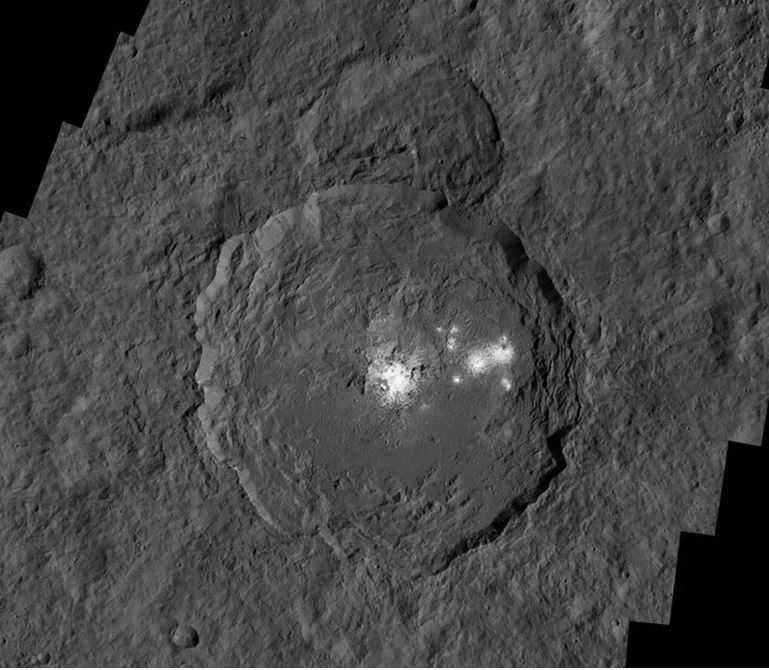
In 2014, the presence of water vapor clouds in the atmosphere was discovered, leading to the development of an infrared telescope. Simultaneously, the Curiosity rover captured images of the dwarf planet from the Martian surface.
The year 2015 marked the arrival of the AMS Dawn spacecraft into the planet’s orbit, enabling detailed surface mapping. During this mission, the cryovolcano Ahuna was discovered on Ceres, reaching an approximate height of 4500 meters. The exploration of this dwarf planet continues, with Chinese scientists aiming to bring back soil samples to Earth by 2030.
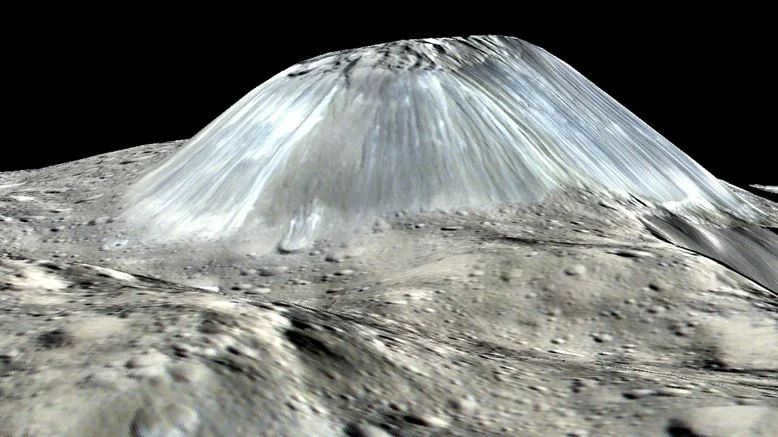

Erida
For many years, scientists debated about the size of this planet, whether it is bigger than Pluto. However, in 2015, additional research proved that Erida is actually smaller. It was then ranked as the second largest dwarf planet. Erida has an estimated diameter of 2368 kilometers and takes 558 Earth years to orbit the Sun. It also has one moon called Dysnomia. This planet is quite bright and can be observed with a regular telescope.
Erida was discovered by a team of American astronomers led by Michael Brown in July 2005. On September 7, 2006, it was officially classified as a dwarf planet and named after the Greek goddess of discord.
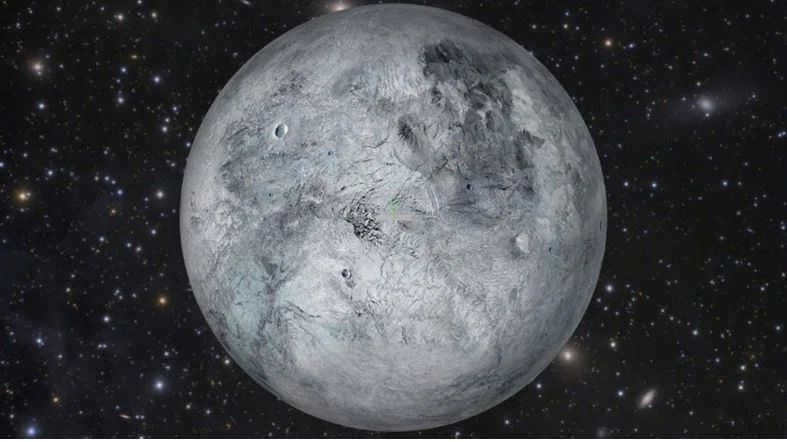

Haumea
This celestial object, known as a dwarf planet, is predominantly composed of ice and is renowned for its exceptionally high rotational speed. Its motion is slightly influenced by the gravitational pull of Neptune. Haumea completes one revolution on its axis in just 4 hours, while one year on this planet is equivalent to 282 Earth years. The shape of Haumea is irregular and flattened. Additionally, it is accompanied by two satellites:
It is worth noting that Haumea lacks any significant atmosphere.
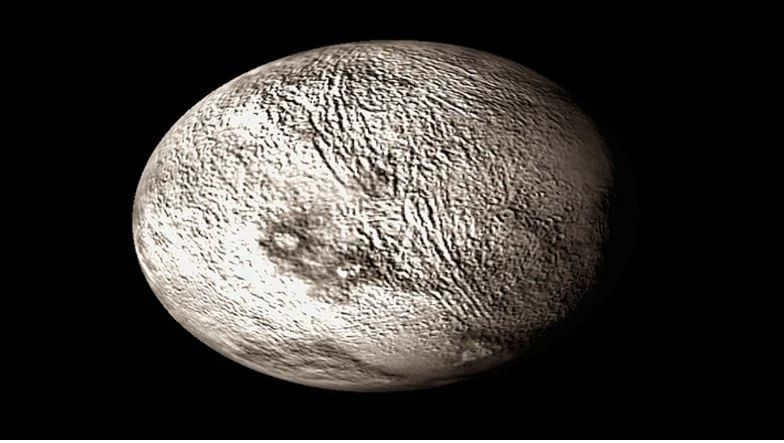

Makemake
A team of American scientists discovered this dwarf planet using advanced telescopes in 2005. It was named after the god of abundance worshipped by the Rapa Nui people of Easter Island. The exact size of Makemake has not yet been determined, but it is estimated to be around 1400 kilometers in diameter. Makemake is known for its extreme cold temperatures, averaging between -239 and -244 degrees Celsius. It has one satellite and completes one orbit around the Sun every 306 Earth years. Makemake is the brightest among all dwarf planets and can be observed using a regular telescope. Scientists have not detected any atmosphere on Makemake, but it is composed of frozen methane and a small amount of nitrogen.
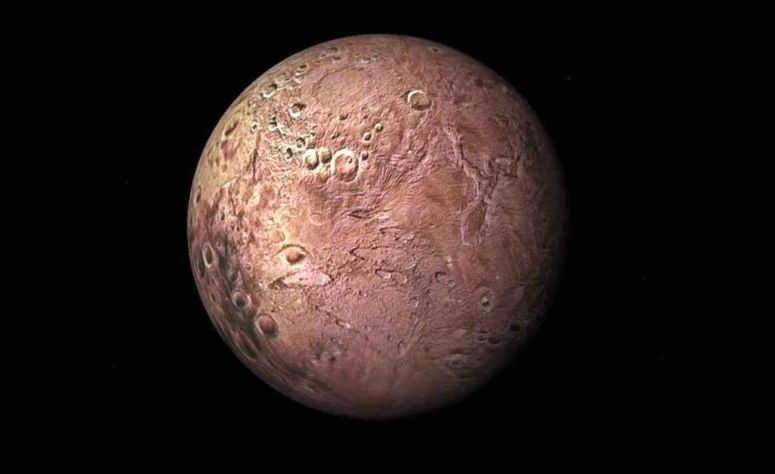
Sedna.
It has been discovered that there are certain deviations in the movement of Pluto. These deviations cannot be fully explained by the influence of the known planets alone. This implies the existence of another significant celestial body in the outer regions of our solar system. However, this body remains hidden from human detection with great precision. Based on the impact of this space object on Pluto’s orbit, it is believed that its orbit is incredibly vast. Experts speculate that this enigmatic body completes a full revolution around the Sun every 10,500 years. Furthermore, it follows an elongated “track” that is unparalleled by any other planet in our solar system.
After scientists became certain of the existence of this celestial body, it was officially classified as a dwarf planet. The decision was made to name it Sedna, in tribute to the Eskimo goddess associated with the ocean. The first photographs of Sedna were taken in October 2003, by a team of American astronomers led by Michael Brown, who are affiliated with the Gemini Observatory. Despite the wealth of information available about Sedna, its status has yet to be officially recognized by the International Astronomical Union.
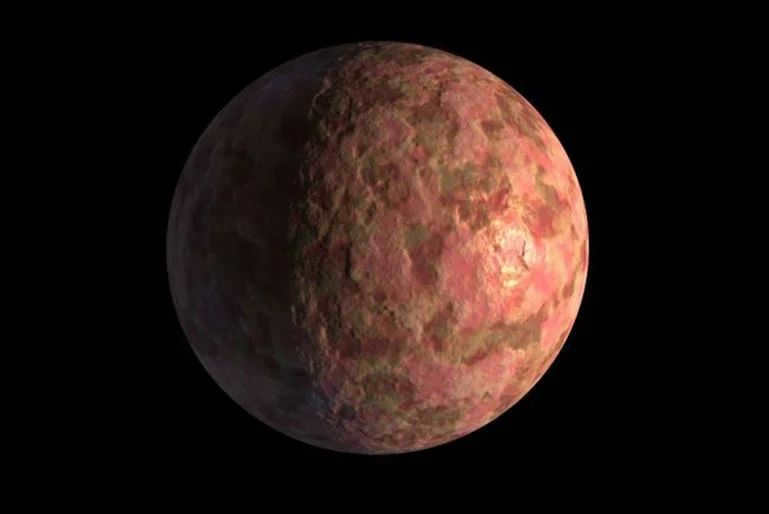

It has been discovered that Sedna is positioned three times further away from the Sun compared to Pluto, and 97 times further away than Earth. This celestial body completes one rotation on its axis within a span of 20 Earth days. This extraordinary celestial body seems to possess a relatively small size. According to expert calculations, the planet’s diameter does not exceed 2250 kilometers. Over the course of the next 72 years, Sedna will gradually approach Earth. Eventually, this “mysterious” goddess will once again begin to move away. It will embark on an incredible journey farther from the Sun. Consequently, it will become virtually inaccessible for further research. Sedna is so diminutive that it can hardly be classified as a true planet.
The dwarf planets in our solar system are a source of controversy and intrigue. The exact number of these celestial bodies remains unknown, as the vastness of outer space is still largely unexplored. Each year, scientists make new discoveries, uncovering additional asteroids that may eventually be classified as dwarf planets.
In 2006, the International Astronomical Union (IAU) made the decision to revise the classification of objects orbiting the Sun. As a result, Pluto was no longer considered a planet due to its relatively low mass and inability to clear its orbit. Instead, it was reclassified as a dwarf planet. This change reduced the number of recognized planets in our solar system from nine to eight.
For 76 years, Pluto held the position as the ninth planet in our solar system. However, in 2006, it was officially reclassified as a dwarf planet.
What sets dwarf planets apart from regular planets?
As per the recent definition by the MAC, a planet is a celestial body that orbits the Sun in a nearly circular shape. In addition, its gravitational pull must be strong enough to clear its orbit of any other celestial objects, with the exception of satellites. On the other hand, dwarf planets are also spherical in shape and orbit the Sun, but they do not meet the criteria of clearing their orbit from other objects. This is due to their smaller size and comparatively weaker gravitational force. Furthermore, dwarf planets differ from satellites as they revolve around the Sun rather than orbiting other planets.
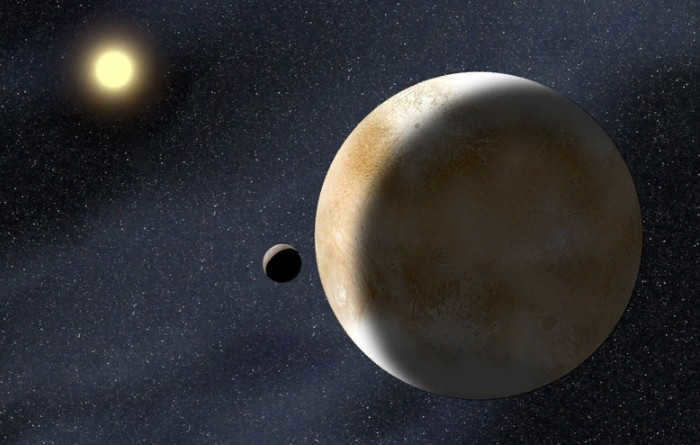
An artistic representation of the view of the Sun from the surface of Eris, which is the farthest dwarf planet in the Solar System. Eris receives very little heat from the Sun, and the Sun appears as a brilliant star.
How many dwarf planets exist in the solar system?
Excluding Pluto, there are recognized to be Ceres, Haumea, Makemake, and Erida as dwarf planets. Ceres, until recently, was considered the largest asteroid. It has a diameter of approximately 950 kilometers and is located in the asteroid belt between Mars and Jupiter. Erida is the largest among the dwarf planets, even surpassing Pluto in size.
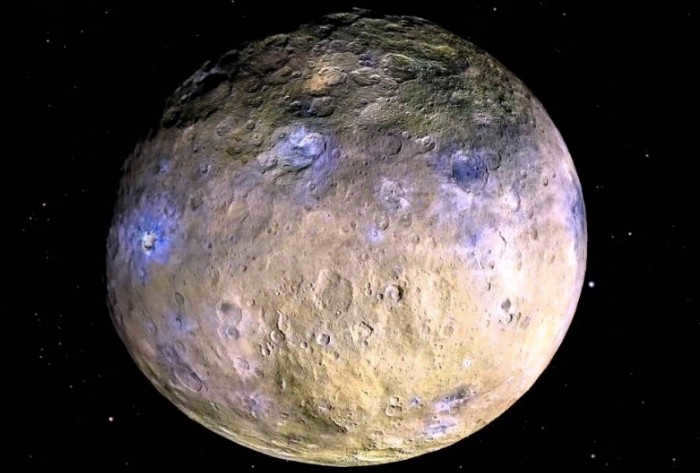
Ceres has been designated as a dwarf planet since 2006. Prior to that, it was recognized as one of the largest asteroids situated between the orbits of Mars and Jupiter.
Are there any other dwarf planets?
Scientists are currently deliberating whether to classify Pluto’s moon, Charon, as a dwarf planet. Interestingly, Charon does not actually orbit Pluto. Instead, both entities share a common center of mass. Additionally, the transneptunian object Sedna and the asteroids Vesta, Pallada, and Hygeia, which is the fourth largest object, are also being considered as potential candidates.
